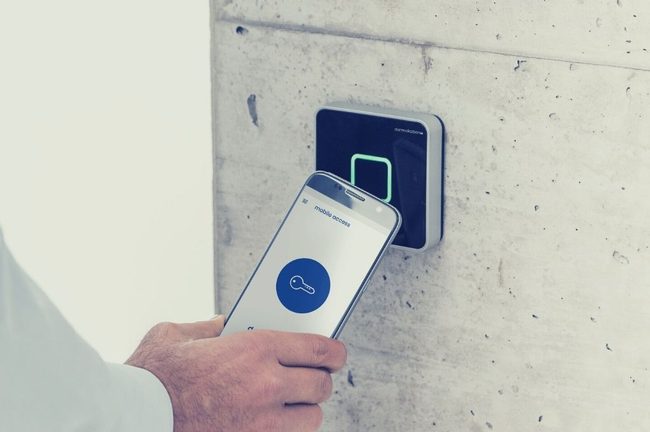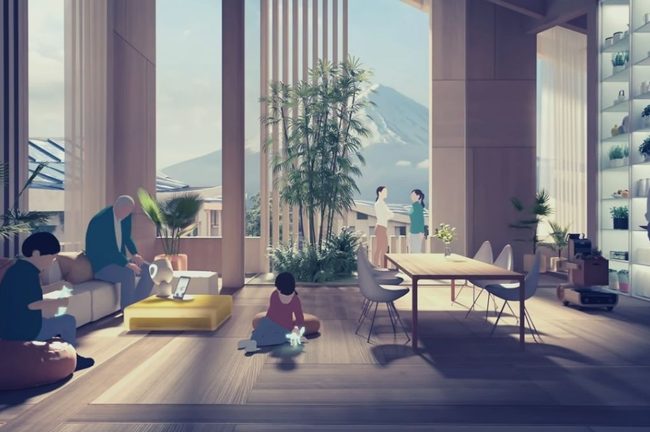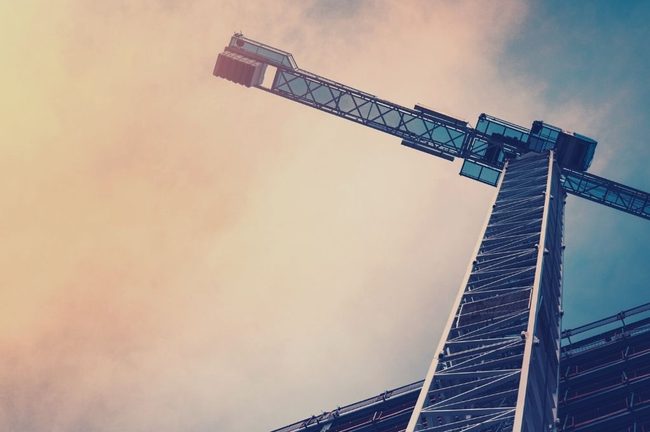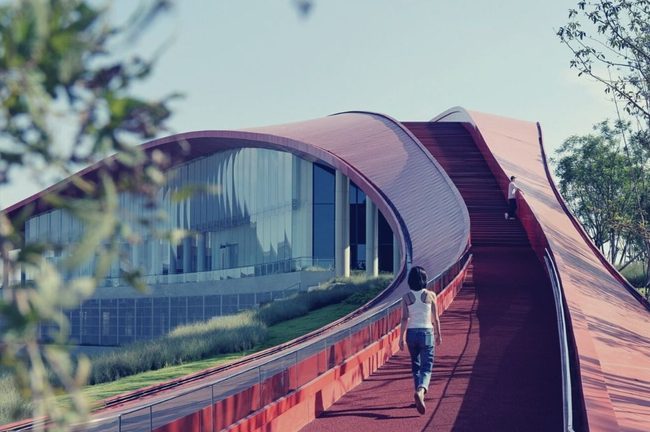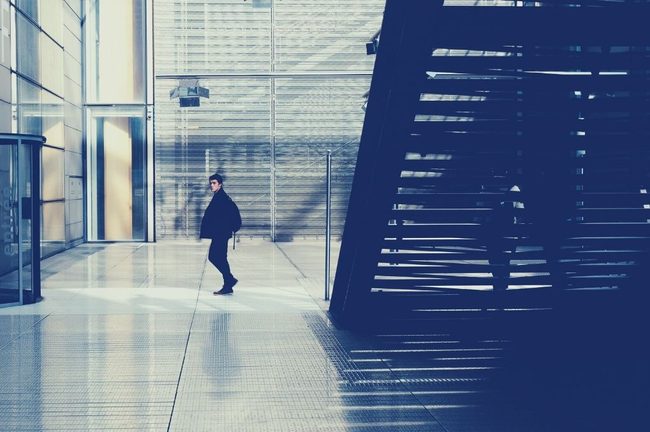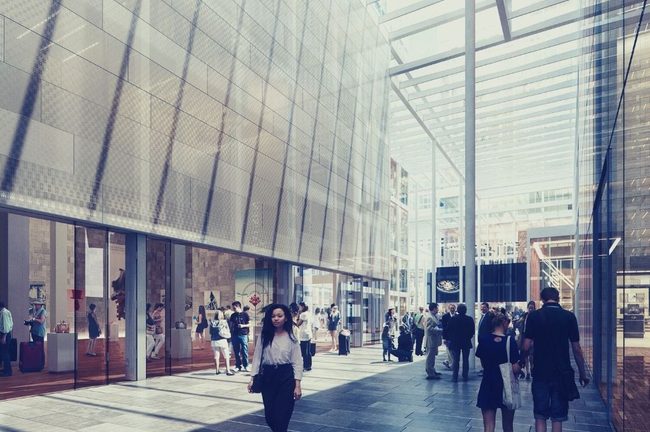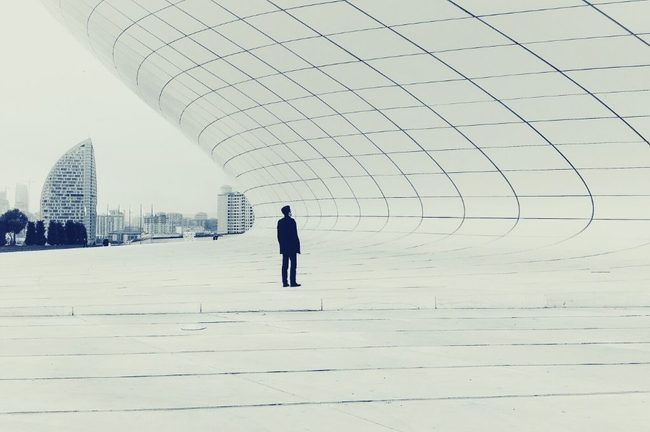-
Categories: Architecture
Top 6 Architecture Projects of 2021: Social, Sustainable, Sensual
However, even though the global health crisis kept disrupting on-ground operations, it by no means stopped creativity. 2021 brought the launch or development of some of the most ambitious architectural projects of our times, many of which united under the themes of sustainability, inclusion, and robust public spaces.
-
Categories: Society
These 4 Cities Are Striding Towards Carbon Neutrality
The world’s urban population more than quadrupled in the last 60 years and recently reached 4.4 billion, with no signs of slowing down. Hence, unsurprisingly, cities are responsible for about 75 percent of the global carbon emissions.
-
Categories: Security
Top 5 Access Control Trends of 2021 (and Beyond) to Watch
After societies relied on mechanical keys for thousands of years for security, the world of access control now has technology transforming the industry.
-
Categories: Architecture
“Yes, You Can Build That With Wood”: 5 Record-Breaking Structures Made of Wood
Wood delivers excellent results for projects of all scales: It's light and versatile, eco-friendly, provides insulation and energy benefits, and aesthetically pleasing.
-
Categories: Urbanization
Biodiversity in Construction: From a Conundrum to Possibilities
Biodiversity is the variety of life on the Earth. Its spectrum might include anything from the number of species of plants, animals, microorganisms, and the gene pools in these species to the different ecosystems on the planet, such as deserts, rainforests, and coral reefs.
-
Categories: Technology
These 3 Smart Cities In Making Will Shape the Future of Urbanism
A smart city is an urban settlement that uses technology to solve problems and optimize city life. This idea can come to fruition in two ways: Some cities, such as Singapore or Dubai, are working on becoming "smart cities" via infrastructural updates and investments.
-
Categories: Technology
The New Normal of Construction: 5 Disruptions to Watch
Construction remains one of the least digitized industries globally. Construction's limited digitization contributes to ill-informed decisions and inefficient industry processes, accelerating financial and environmental costs
-
Categories: Architecture
Keeping The Water Out: 4 Examples of Flood-Proof Architecture
Floods are among the most common and destructive natural disasters. They affected more than 2 billion people worldwide between 1987 and 2017, according to the World Health Organization. As floods keep increasing in frequency and intensity due to climate change, flood-proof architecture is becoming an issue of growing importance.
-
Categories: Architecture
2020 In Review: 7 Top Architecture Projects
The year 2020 was marked by the COVID-19 pandemic. The construction industry was likewise affected by the measures taken to combat the pandemic. In many countries, construction sites were partially or completely closed, and tasks were carried out from home where possible.
-
Categories: Security
4 Ways to Prevent Tailgating
Tailgating, the passage of an unauthorized person behind authorized personnel, is one of the most common physical security breaches. Also known as “piggybacking", tailgating often results from a random act of kindness such as holding the door to a stranger.
-
Categories: Urbanization
The Circle: A Smart Micro-City Within Zurich Airport
As their planes descend on the Zurich Airport, passengers can catch a glimpse of a boomerang-shaped structure enveloping a 80,000 square-meter greenery and an attractive complex that will fulfill all their needs. What the travelers might see is The Circle.
-
Categories: Architecture
Human-Centered Architecture: What is It and How It Makes a Difference
While buildings fulfill the most basic human needs like shelter and security, architecture impacts the emotional state of any person who interacts with it. Whether it's intended or not, a building can provoke a range of emotions such as belonging, awe, fear, or hope.




